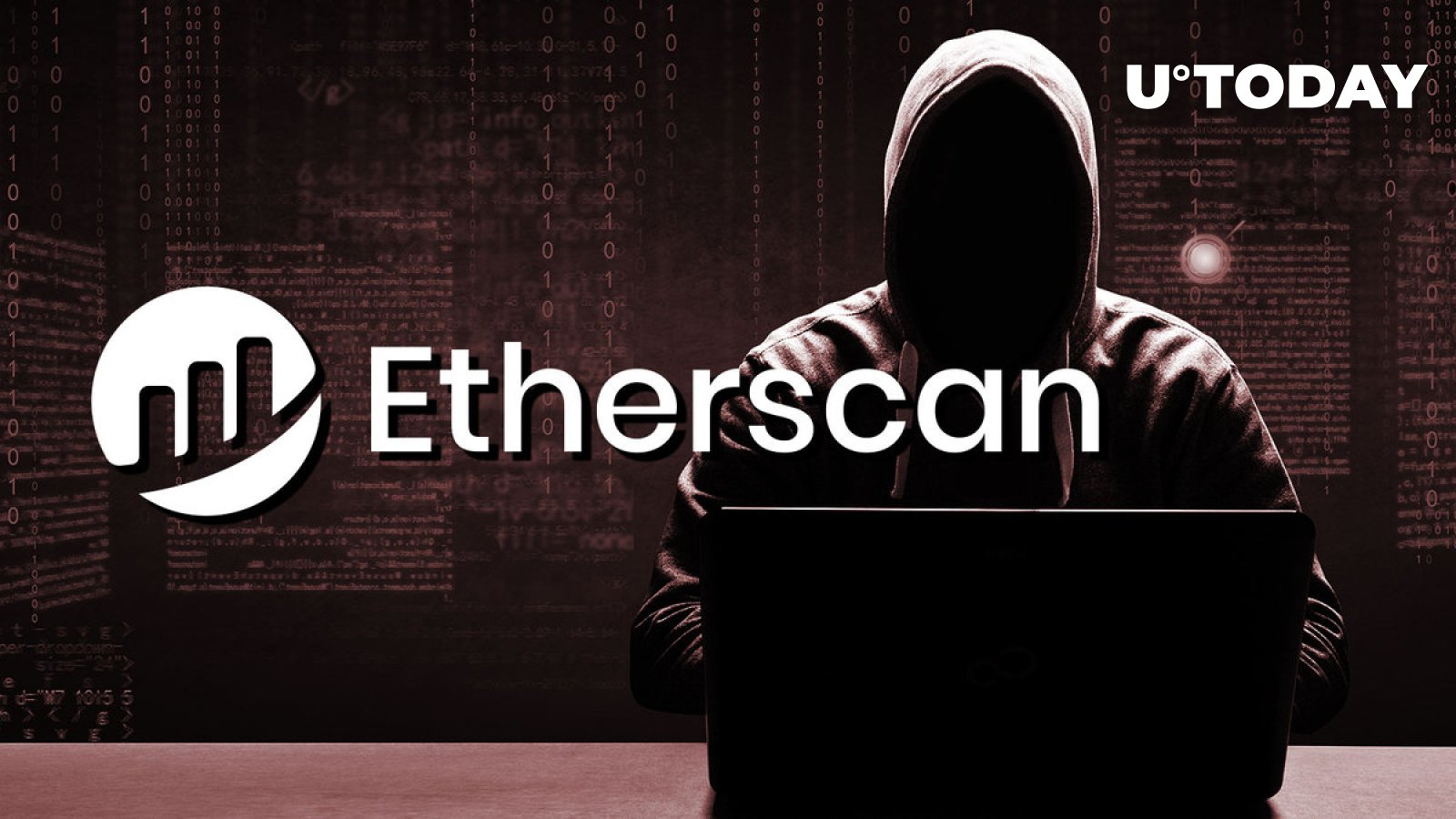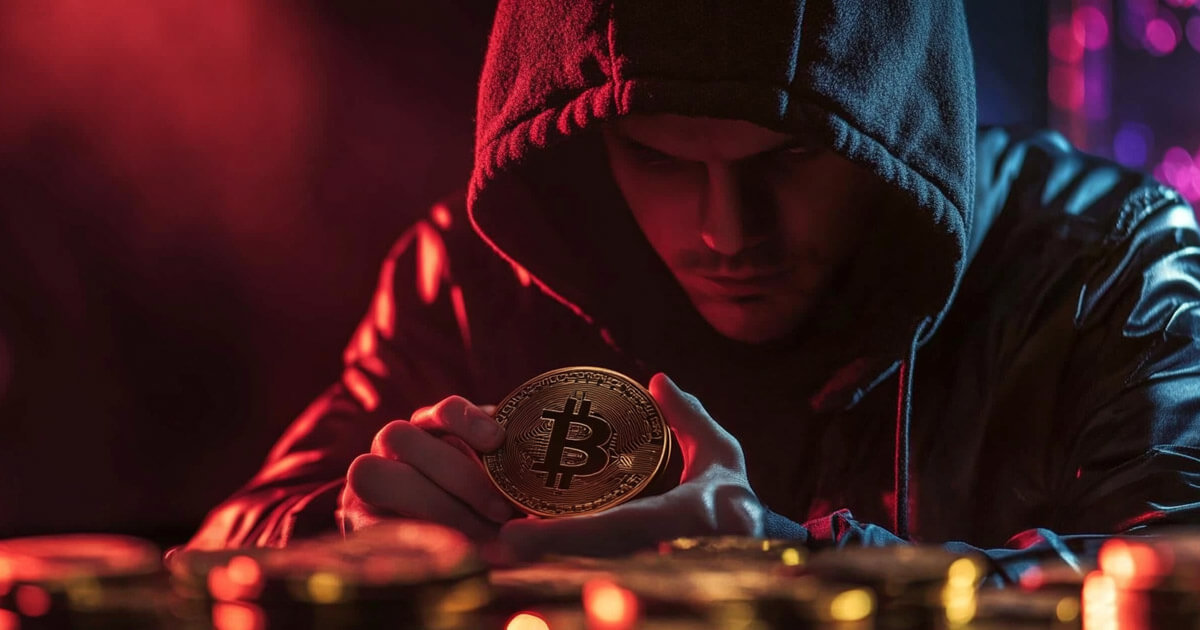Etherscan Code Reader can help users detect malicious contracts and get insighful statistics about random crypto apps
Read U.TODAY on
Google News
Contents
- ChatGPT-powered Etherscan Code Reader browses through smart contracts with no code
- How can I benefit from Code Reader?
Etherscan, a leading block explorer for Ethereum (ETH) and EVM-compatible blockchains, explained how its users can read the smart contracts associated with every decentralized application (dApp) and what they can learn from this data.
ChatGPT-powered Etherscan Code Reader browses through smart contracts with no code
Etherscan Code Reader, a novel AI-powered tool by Etherscan, can display all crucial information about the opportunities of this or that smart contract. The analyst does not need to have coding skills and can start scanning knowing only the domain name used by this or that app.
As displayed in a walkthrough shared by Etherscan, a user should refer to the project’s documentation and find out the address of the smart contracts it relies on. Then, by entering it into Etherscan and switching to Code Reader mode, a potential user can find out a lot of insightful statistics.
Namely, he or she can check out the full range of functions the contract in question is capable of. In particular, address-restricted functions are crucial for checking whether it is a malicious contract or not.
Then, a user can find information about all events associated with this smart contract: token transfers, redeems, token mints and so on.
The net transfer count and total unique sender and receiver numbers are displayed within the Etherscan interface in the form of charts, along with the distribution of tokens between various addresses, the team ensures.
How can I benefit from Code Reader?
This tooling can be helpful in detecting a wide range of malicious activities associated with cryptocurrency scammers. For instance, everyone can now detect honeypot contracts, i.e., tokens that you can only buy, but never sell.
As covered by U.Today previously, honeypot scams became particularly mainstream in 2021-2022. Some of them were even promoted by “official” blue-label Twitter accounts.
Also, users can now check who is able to restrict operations with this or that token. In a recent phase of meme coin mania, many teams of new “frog-coins” reserved the opportunity to voluntarily blacklist the addresses.
Credit: Source link















































